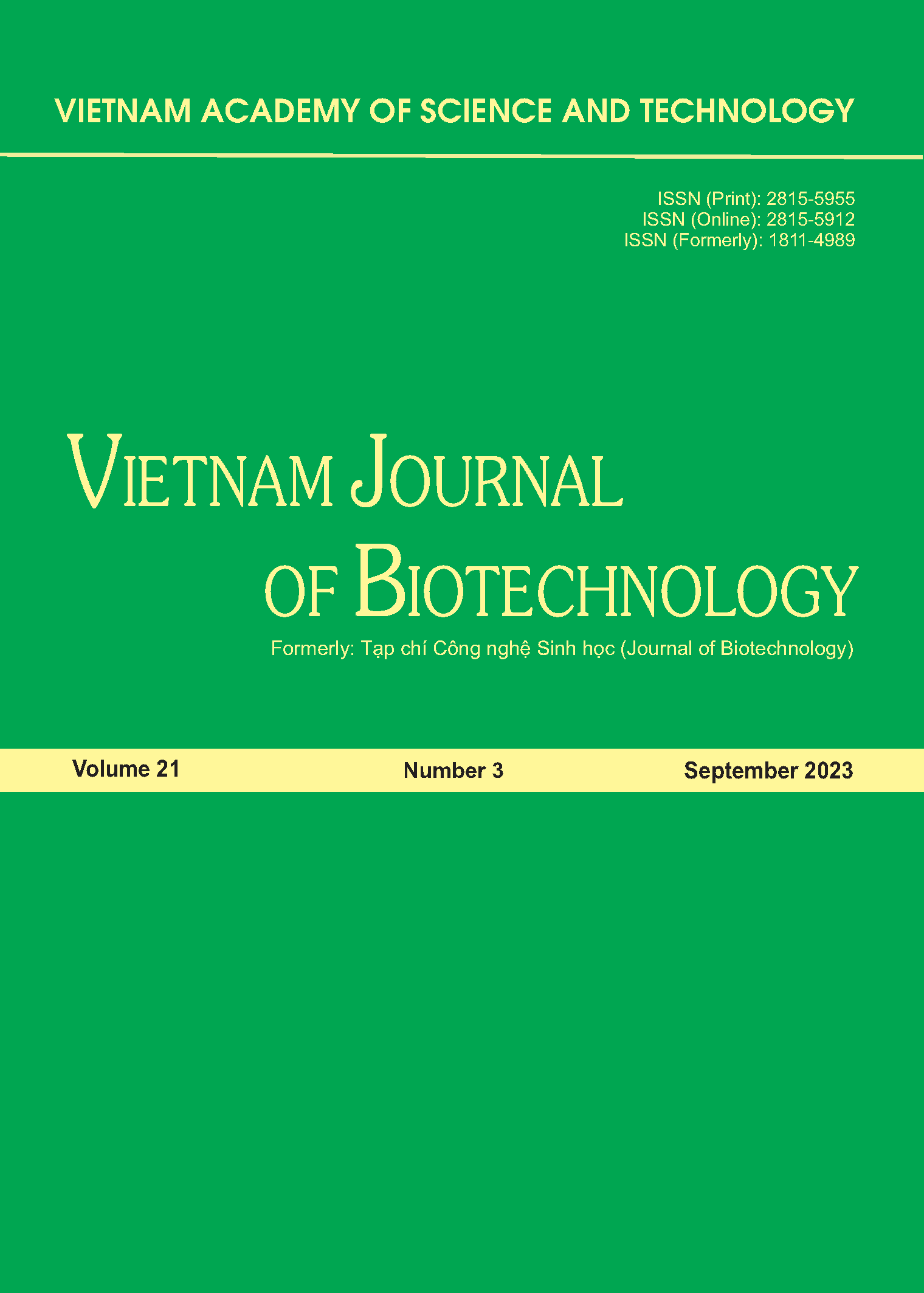α-amylase and α-glucosidase inhibiting effects of Canna edulis Ker Gawl rhizome
Author affiliations
DOI:
https://doi.org/10.15625/1811-4989/19534Abstract
Screening inhibitors of α-amylase and α-glucosidase from medicinal plants is a topic of interest in the world. Canna edulis Ker Gawl is an important rhizome plant belonging to the genus Canna of the family Cannaceae. It is traditionally used to treat many conditions such as gonorrhea, pain, bruises, diarrhea, hepatitis, chest pain and heart diseases. The potential of this plant in the treatment and prevention of diabetes has rarely been documented. This study reports, for the first time, α-amylase and α-glucosidase inhibiting effects and the phytochemical profile of the rhizome part of C. edulis.C. edulis rhizome was extracted with 96% ethanol, and then successively fractionated with n-hexane, ethyl acetate and water. α-amylase and α-glucosidase inhibiting assays were performed to investigate the enzyme inhibitory activities of the total extract and fractions. Qualitative phytoconstituents were analyzed using chemical reactions. The results showed that all extract and fractions had α-amylase and α-glucosidase inhibiting effects in a dose dependent manner. The ethyl acetate fraction exhibited the strongest inhibiting activities against both enzymes (IC50, 45.24 ± 2.90 and 90.09 ± 6.70 mg/mL for α-amylase and α-glucosidase inhibiting assays, respectively) and its effects were significantly higher than the positive control (p < 0.05). The water fraction showed the lowest effects. C. edulis rhizome contained abundant secondary metabolites including cardiac glycosides, cholesterols, glycosides, flavonoids, sterol and triterpenes, tannins, steroids, saponins, coumarins and proteins. All these secondary metabolites, except for saponin, were found in the ethyl acetate fraction. C. edulis rhizome could serve as a potential candidate to find novel anti-α-amylase and anti-α-glucosidase agents and to develop supplementary products for controlling hyperglycemia.







